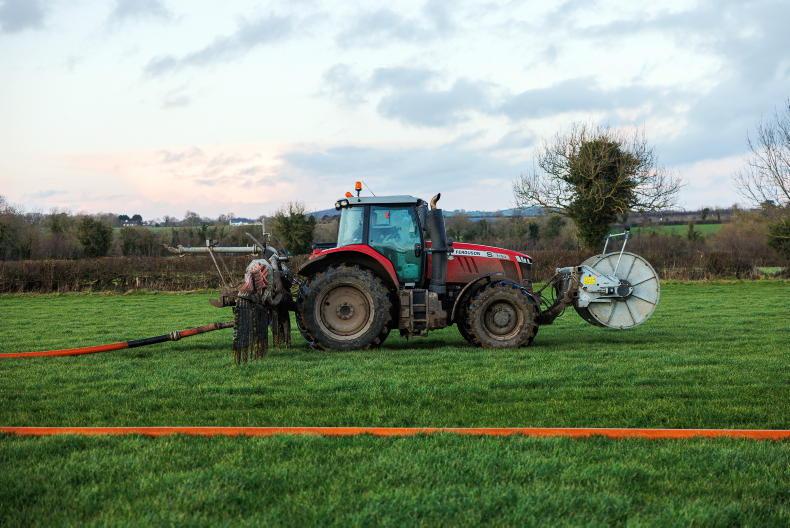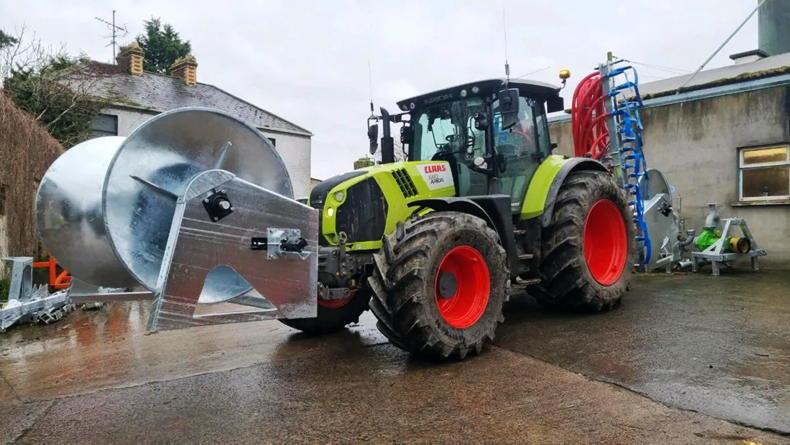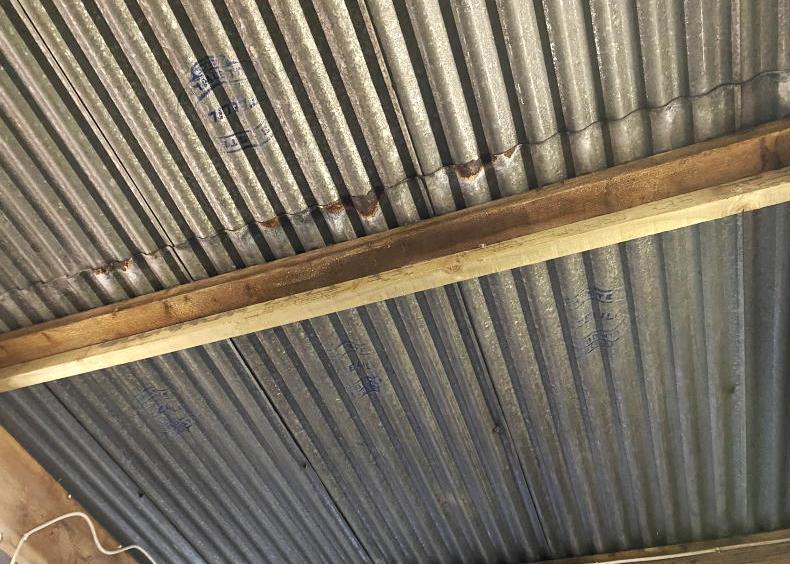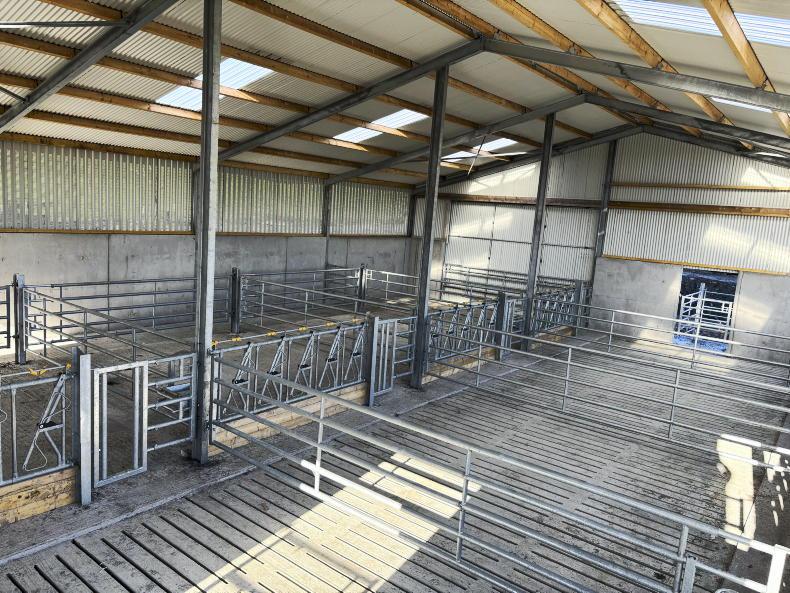Increased slurry and dirty water storage requirements have been brought into renewed focus by the Department. While many farmers lament the fact that calendar farming doesn’t work and that they should be allowed to spread organic fertilisers if the ground conditions allow, the restricted period is based on poor growth conditions and nutrient uptake. Farmers themselves are more conscious of utilising a farm’s organic fertiliser to reduce the reliance on chemical imports.
However, concrete and construction costs are at an all time high, leading to farmers to seek out alternatives. Slurry bags have become one option that farmers have turned towards.
The French-manufactured Labaronne slurry bags are marketed by calfpens.ie in Ireland, with Labaronne manufacturing these slurry bags since the 1950s. The French manufacturer makes around 3,000 bags annually, from 1m² up to 2,000m³ (440,000 gallons). The bags are made of a technical fabric specially created for Labaronne’s range of slurry bags, with a double sided PVC coating.
The bags are finished with a special two-sided coating and are UV stabilized for maximum lifespan. The bags carry a 10-year warranty on all material (technical fabric) and manufacture (welding) defects.
The bags are fitted with a standard inlet and outlet to connect to a slurry tank vacuum hose for filling and emptying the bags.
Popular for chemical storage, they are becoming increasingly in demand with the anaerobic digestion industry for storing large volumes of digestate.
In an agricultural setting, the bags are best suited to thin, watery slurry or dirty water, with liquids of 6% dry matter or less recommended, meaning slurry from beef cattle on high dry matter diets may be unsuitable.
Ventilation outlets are also fitted to prevent the buildup of gases
Agitation is provided by 100mm outlets, with two outlets working in tandem.
Each are connected to a slurry pump, with the slurry circulating from one outlet, through the pump and in to the second outlet. Ventilation outlets are also fitted to prevent the buildup of gases, although the sealed nature of the tank greatly reduces odours and ammonia losses.
The enclosed bag means that no rainwater is collected, which would increase the storage capacity required.
An advantage that many farmers will see in the slurry bags is the ability to move the slurry bag between farms. Although this would not be an annual thing, it would provide an option to farmers leasing or renting farms to remove the bag and relocate it should a lease terminate.
The bags require a firm, level site, but there is no requirement for a concrete base underneath them. No bunding is required, with the slurry bag rising to a maximum of 1.5m (5’) when full.
As the bags are a temporary structure, no planning permission is required either.
The bags will not overfill and burst, with any excess seeping out of the vents and becoming immediately apparent to the farmer
A 110,000 gallon slurry bag will cost roughly €22,000 (£18,000) for €44/m³ of storage, offering good value for money, with the flexibility of being able to move the bag, though the lifespan is unlikely to match that of a concrete tank.









SHARING OPTIONS